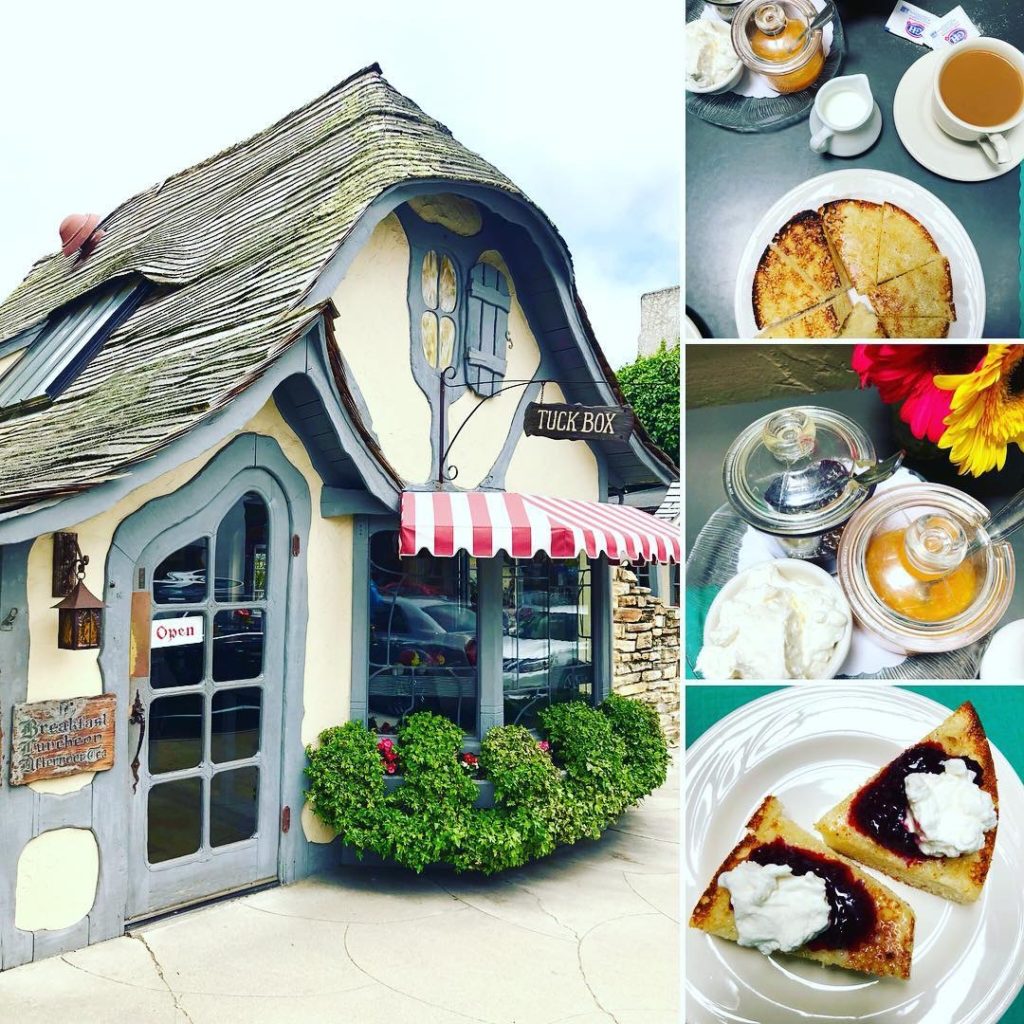-
The Very Best Soothing Summer Herbal Teas
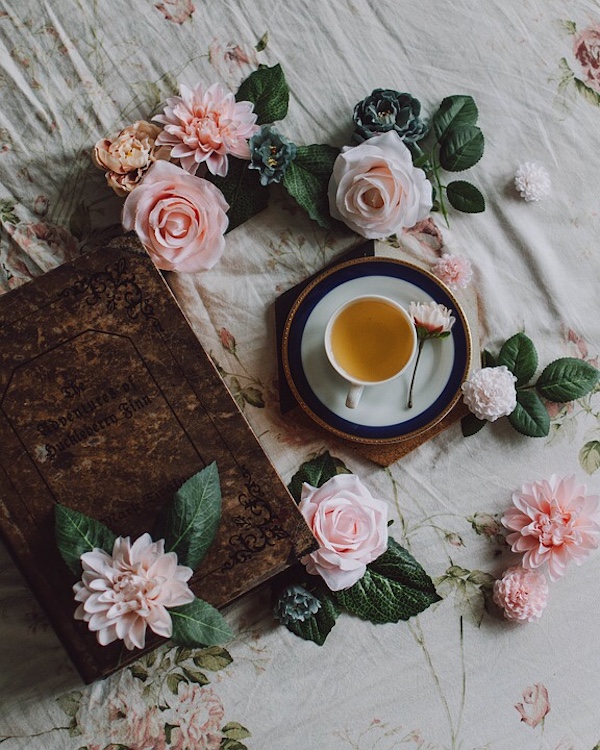
Have you planted herbs that are going growing like crazy now? Or maybe you picked up a bunch of herbs at the farmer’s market and are wondering what to do with them all? Herbal teas are a great way to use them. A cup of tea is one of life’s greatest comforts, and herbal tea can help you stay hydrated and healthy. Many herbs contain vitamins and antioxidants that help strengthen our immune systems and give us energy. They may also have essential oils, minerals and fiber that contribute to overall well-being. Here are some great ways to use those herbs to create homemade teas to help heal your mind and body. The best part is that unlike regular tea, there is NO caffeine. Each recipe is for one cup of herbal tea. For each recipe, pour boiling water over the herbs and steep for 8-10 minutes. The final step? Strain the herbs, and enjoy!
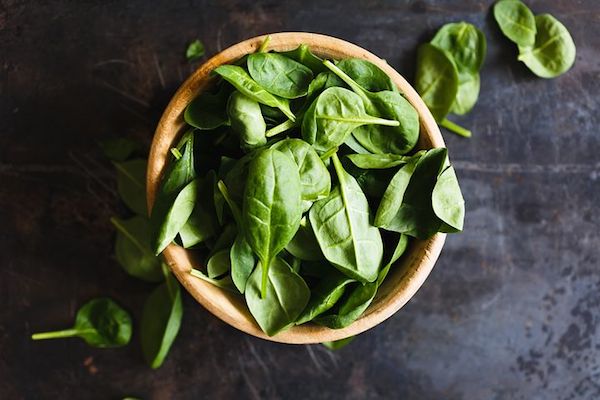
Peppermint Basil Potion
Peppermint tea is often used for soothing heartburn and tummy troubles. Basil is clean and refreshing. Use two teaspoons of chopped peppermint leaves and 4-5 basil leaves.

Ginger Hugs Tea
This tea is useful for stuffy colds and also brings energy and healing. Use a teaspoon of fresh ginger, a teaspoon of chopped mint, and a squeeze of lemon. You can add honey to sweeten it if desired.

Smarty Pants
Smarty pants tea may assist with sharpening memory and concentration. Use 1/2 teaspoon rosemary leaves and 2 teaspoons chopped spearmint.

Love & Peace
This tea is great to drink when you are feeling bummed out or overwhelmed. Use a teaspoon of lavender, a teaspoon of jasmine flowers, and 1 cinnamon stick. Use only Jasminum species such as J. officinale, J. sambac, or J. polyanthum. Pick the flowers during the warmth of the day when the dew has dried, as buds or freshly opened flowers. Lavender relaxes the body and decreases anxiety. Jasmine has anti-inflammatory properties and reduces stress. Both scents are known to induce calm. Cinnamon is known to increase mental focus and help upset stomachs. The scent of this tea is heavenly.

Calming Chamomile
Another calming tea, chamomile is known to reduce stress and tension as well as fight bacteria. It can also improve digestion. It has a fruity, apple-like flavor. Use two teaspoons of chamomile flowers.

Delicious Dandelion
Dandelions are rich in vitamin K which helps prevent blood clots, and calcium which helps maintain bone health. It is also high in vitamin C and antioxidants, which help your body detoxify. Do not drink dandelion tea if you are allergic to ragweed and related plants as it may cause an adverse allergic reaction. It also interferes with the absorption of many common antibiotics. Do not drink dandelion tea if you are taking antibiotics. If you have discussed this with your physician and have been given approval as to its safety, use two to three teaspoons of dandelion flowers.

Fabulous Fennel Tea
The licorice flavor of fennel infuses this tea, and helps with digestion. Use a teaspoon of fennel seeds or several fennel leaves.

Luscious Lemon Verbena
Zesty and refreshing, this tea can also aid health including digestion and pain. Add one to two teaspoons of chopped or torn leaves to your cup.

Ravishing Rosemary Thyme
Bold and invigorating, this tea will give you a pop of invigoration. For one cup use one teaspoon rosemary leaves and two teaspoons lemon thyme leaves. You may add honey if it’s a little too strong.
Helpful Tips
- You can experiment with combining herbs you like to create your own unique concoction; just remember that the longer you steep your herbs, the stronger the flavor will be.
- When in doubt, don’t add too many herbs at the start. You can always add more, but you can’t add less!
- Use only organic, pesticide-free and chemical fertilizer-free herbs & flowers.
- You can substitute dried herbs for fresh, but the steep time will be shorter, usually only 3-4 minutes.
- Always talk to your physician and get approval before consuming any herbal tea to ensure your safety. Some herbs may interfere with medications you are taking, or may be dangerous due to possible health issues you may have.

Thank you for visiting my blog. You may also enjoy Nine Best Fresh Herbs To Use In Your Kitchen and 23 Yummiest Gluten Free Foods at Trader Joe’s. Wishing you peace, love, happiness, and beautiful vistas!
-
The Allure of Vintage Tea Cups
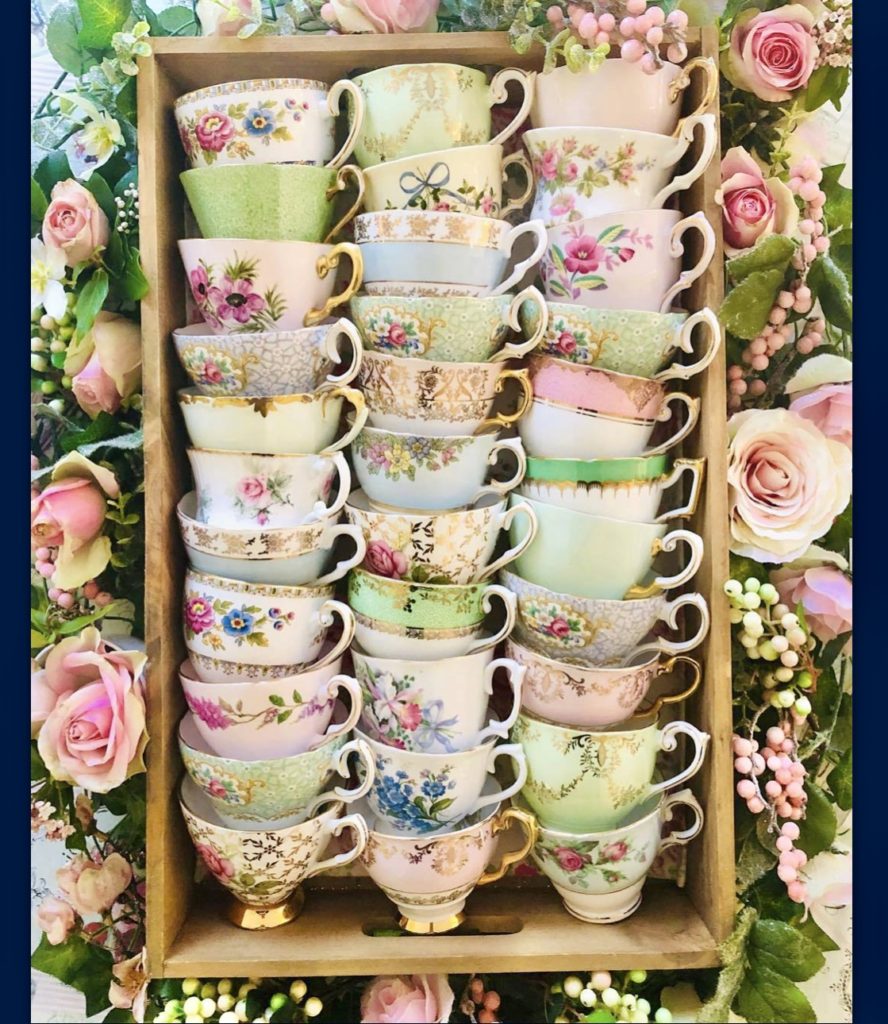
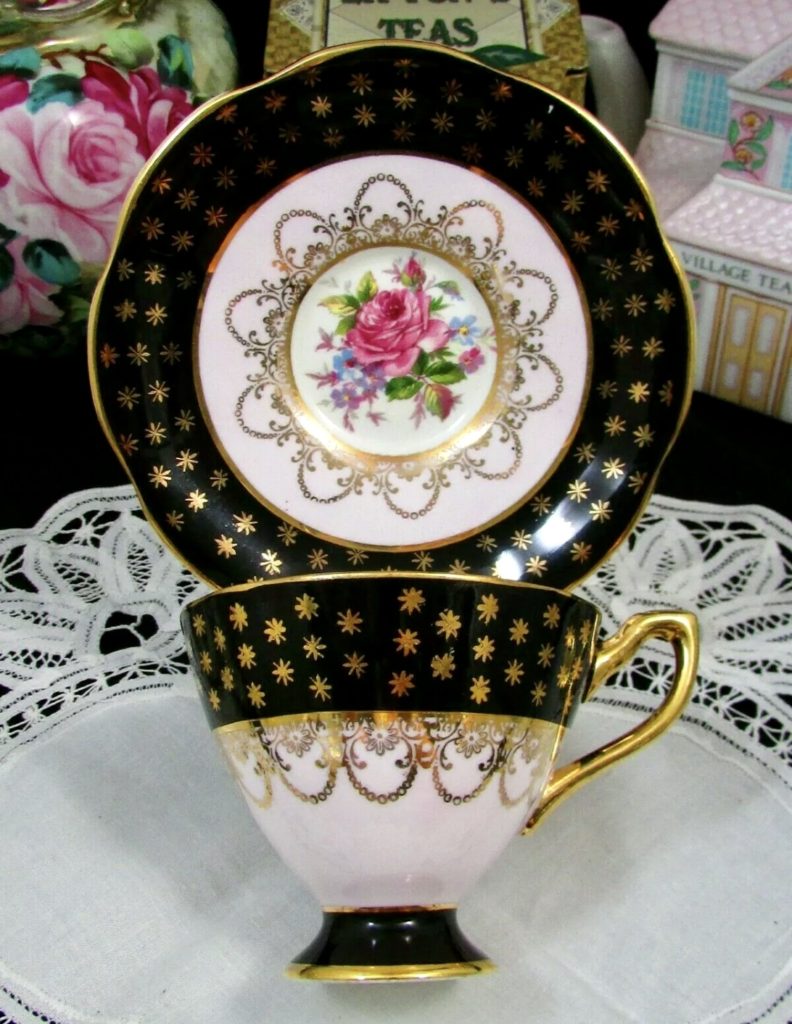
Lovely vintage Queen’s tea cup and saucer. People have been using and collecting tea cups for years and years. Because they are often beautiful as well as functional, vintage tea cups are a popular collectible. And while some rare and fancy tea cups can go for thousands of dollars, many vintage ones can be found for very reasonable prices.

Early tea cups were handleless and called tea bowls. These pretty blue and white porcelain bowls were exported from the Far East to Europe. In 1707, a German alchemist and inventor named Johann Friedrich Bottger designed the first European porcelain that could rival the Chinese porcelain. While handleless bowls are still traditional in many Asian countries, it is somewhat of a controversy as to why handles were added to British tea cups. Some opinions state that it was because the British liked their tea “piping” hot and didn’t want to burn their hands, and others indicate it was merely a design invention to improve on the often clumsy and messy tea bowls. Notwithstanding the reason for their invention, handles began to appear on many tea cups by the early 1800s.

A variety of teacups and saucers from the mid-1800s. During the peak of the British Empire, from 1800-1830, elegant cup and saucer sets began to be produced to meet popular demand. Later, in the Victorian era, cups and saucers were often given as gifts by affluent ladies for various social occasions.

This vintage cup & saucer by Paragon was designed to be given to a bride. Writer Diana Cass relates the decorum for a “Teacup Bridal Shower” held for one of her relatives during the 1940s. “Each guest is to bring a wrapped teacup and saucer. Presented with them will be a word that represents the characteristics one should have to achieve a happy marriage. words like : patience, cooperation, music, unselfishness, humor, etc. The word should be tucked into the teacup and read aloud as the gift is opened.”

My small but growing tea cup collection. Most vintage tea cups are made from either porcelain or bone china and feature a flat or pedestal bottom. Beautiful designs were made well into the 1950s. The patterns and designs are myriad, and this is probably what makes collecting tea cups so enjoyable for many people. Whether you have received hand-me-downs from your Grandmother or found one at a local yard sale, vintage tea cups can be addicting.
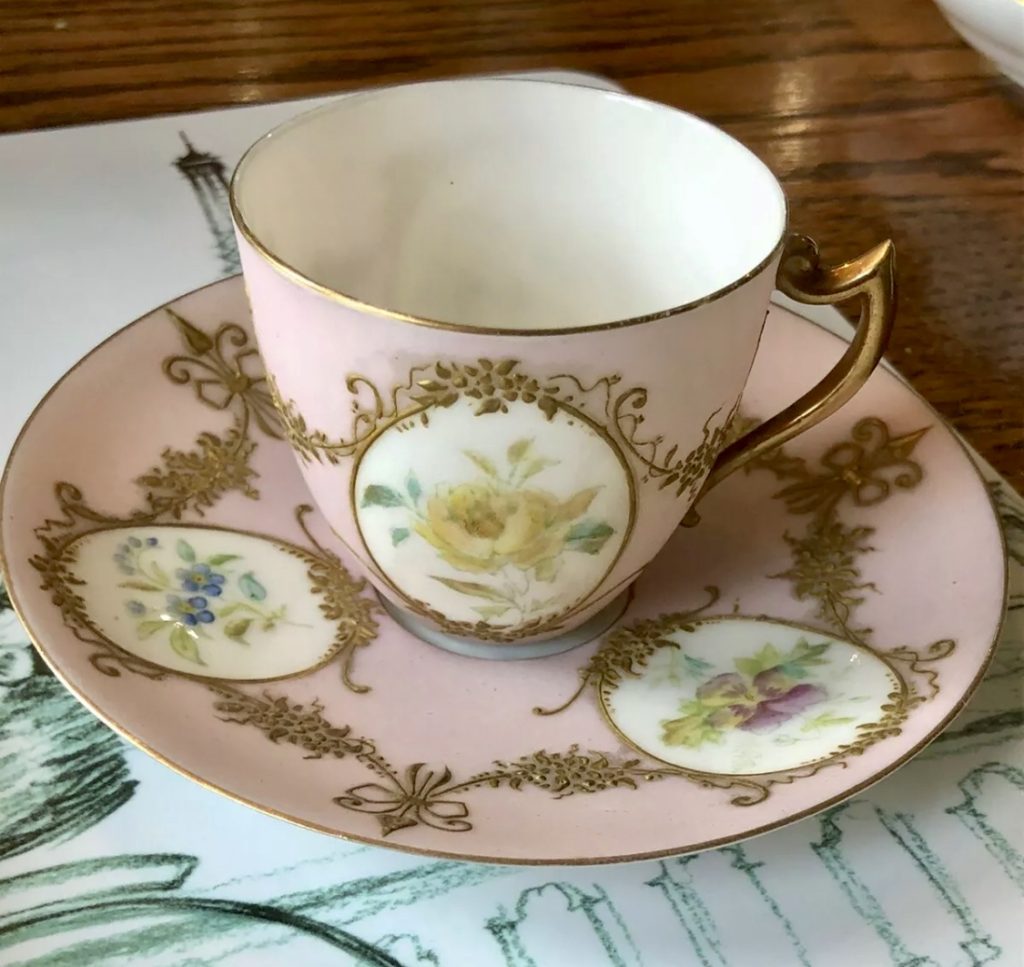
A demitasse cup and saucer. Some people enjoy collecting smaller sized demitasse cup and saucers. These diminutive cups almost appear child-sized, but are actually designed for espresso or coffee, often after a meal. Demitasse is a French word meaning literally “half-cup”.
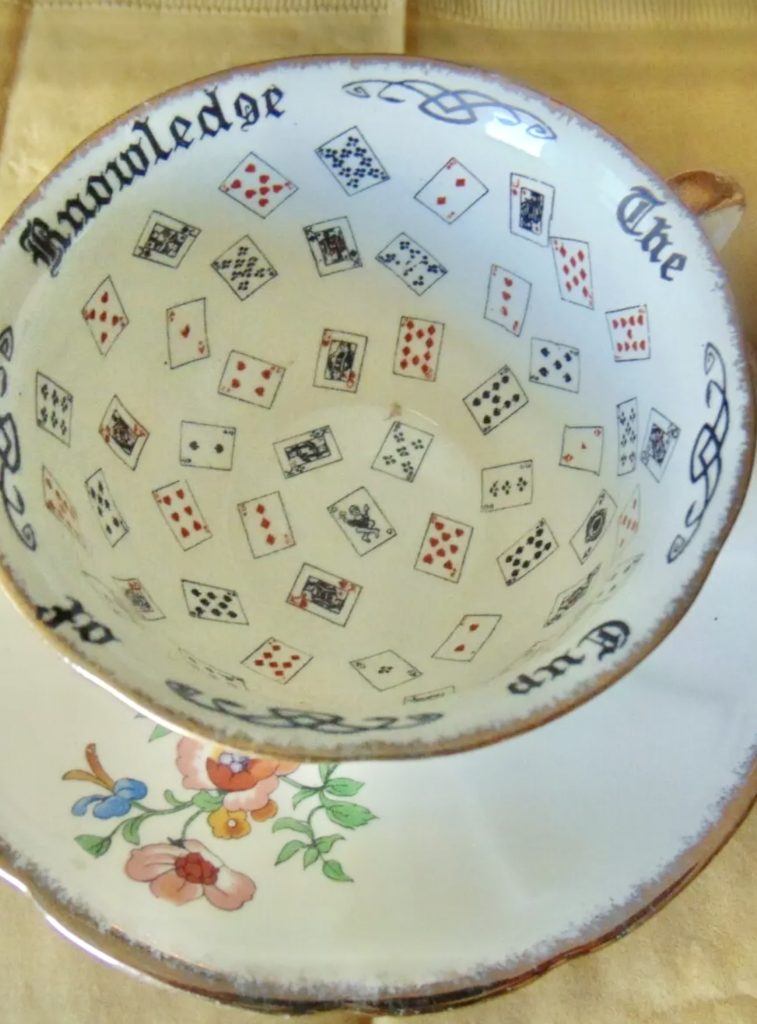
A vintage fortune-telling tea cup and saucer. There are a variety of novelty vintage tea cups. Some were made for fortune telling, which involves reading the patterns created by tea leaves once a cup has been emptied by a tea drinker and making predictions. Sometimes these even included special instructions. Other novelty tea cups celebrate specific events, such as coronations, or feature months of the year with corresponding flowers.
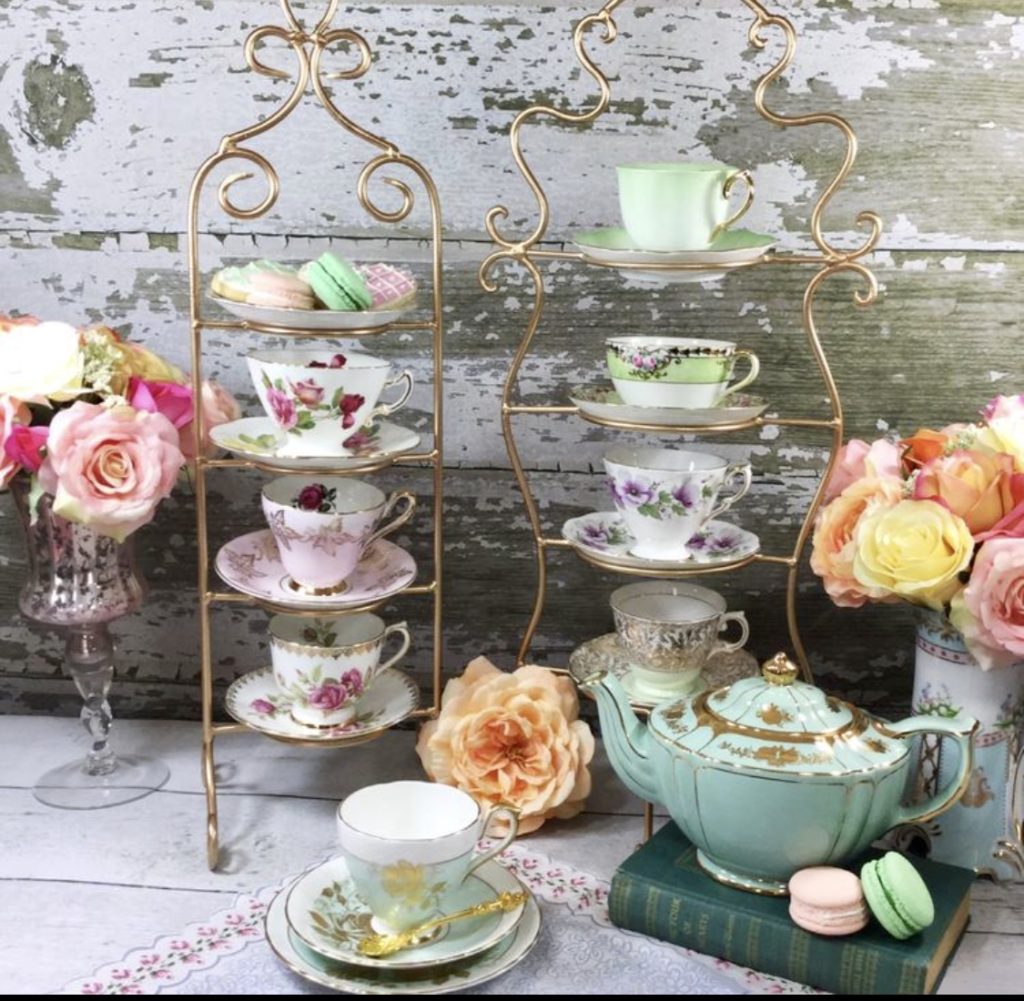
Some people like to collect only specific colors or shapes, or they prefer tea cups from a specific country, maker, or time period. English and French made tea cups seem to be the most interesting to me, but you can also find beautiful vintage ones from Japan, China, Germany, and other countries as well. Some of the most popular manufacturers are Paragon, Limoges, Royal Albert, Aynsley, Shelley, Royal Doulton, and Royal Worcester.

This vintage tea cup made by Paragon features a flower handle. You can find vintage tea cups at thrift stores, rummage sales, antique shops, flea markets and antique shows or online at places such as eBay and Etsy. For more information, see The Story of Tea: A Cultural History and Drinking Guide, by Mary Lou and Robert J. Heiss or check out Teacups 101. You may also enjoy my post The Tuck Box: A Fairy Tale Tea Room in Carmel-by-the-Sea.
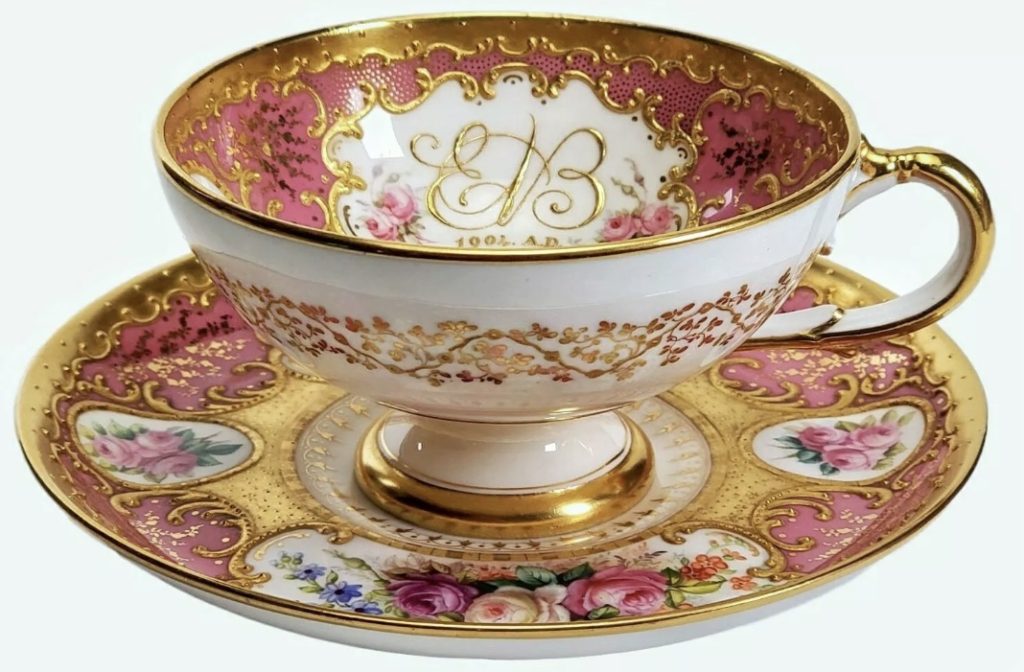
This very fancy hand painted tea cup and saucer was made by Royal Worcester in 1904. Thank you for visiting my blog. Wishing you peace, love, happiness, and beautiful vistas!
-
The Tuck Box: A Fairy Tale Tea Room in Carmel
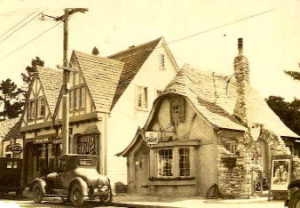
The Original Tuck Box 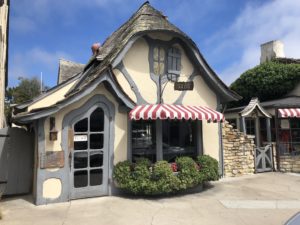
The Tuck Box Today Once upon a time, in lovely Carmel-by-the-Sea, there was a fairy tale English cottage called the Tuck Box. It was built in 1927 by Hugh Comstock. Comstock’s wife, Mayotta, was famous for her unique hand-made “Otsy-Totsy” dolls. Time passed and the cottage changed hands. During the 1940s, two sisters, Mrs. Bumbridge and Mrs. Watson, converted the building into a tea room and named it Tuck Box after the traditional trunks British schoolchildren used to carry books, food, and supplies.

Vintage Tuck Box Tuck boxes generally had a child’s initials, last name, or school mottoes and crests painted on the outside. Tuck boxes were sometimes created with secret panels, false bottoms, and sliding sections for hiding goodies or contraband. No mother, wrote Roald Dahl in his childhood memoir Boy, would send her son off to prep school without, at the very least, the following in his tuck box: a home-made currant cake, a packet of squashed-fly biscuits, a couple of oranges, an apple, a banana, a pot of strawberry jam or Marmite, a bar of chocolate, a bag of Liquorice Allsorts, and a tin of Bassett’s lemonade powder. To these, a boy would add ‘all manner of treasures’, such as magnets, pocket knives, balls of string, clockwork racing cars, lead soldiers, tiddlywinks, catapults, stink bombs and Mexican jumping beans.
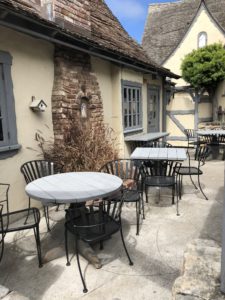
You won’t find stink bombs or Mexican jumping beans at this tuck box. Instead, you will find delicious sandwiches, fresh fruit, salads, steaming hot tea in whimsical teapots, and their famous scones with fresh cream, orange marmalade, and olallieberry preserves. It is a very cozy, relaxed setting. You may be seated inside or outdoors on the terrace. Caveat: if you eat here, make sure to bring money. Oddly, the Tuck Box does not accept any credit cards and will direct you to the nearest ATM if you do not have enough cash TUCKED in your wallet.
The Tuck Box is located on Dolores Street between Ocean and 7th Ave and is open daily, 7:30 am-2:30 pm. For more information, see Tuck Box. You may also enjoy reading Fairy Tale Cottages in Carmel-by-the-Sea. Thank you for visiting my blog! Wishing you peace, love, happiness, & beautiful vistas!
